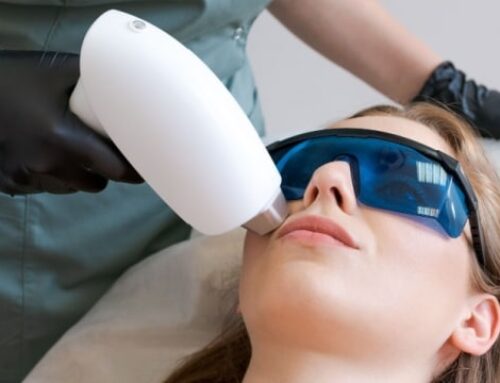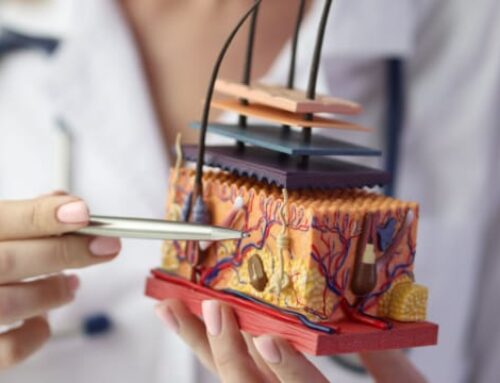Although the phrase “post-inflammatory hyperpigmentation” is long and may seem complicated to understand, it really is quite simple: after an inflammatory condition (acne, allergic reactions, infections, insect bites, contact dermatitis, burns, etc.) the skin becomes hyperpigmented. This means certain areas of the skin are darkened due to an excessive or irregular production of melanin. If you’re dealing with PIH after recovering from an inflammatory condition and are bothered by the dark spots and uneven skin tone, keep reading to learn the best ways to get rid of PIH.
Topical treatments to get rid of PIH
According to the Journal of Cutaneous and Aesthetic Surgery, the treatment for PIH starts with topical agents. The article states that the most commonly used topicals include hydroquinone, kojic acid, retinoids, corticosteroids, and vitamin C. Furthermore, PIH can worsen with sun exposure and recurring inflammation, which is why daily application of a broad spectrum SPF 30 sunscreen is crucial. However, if a patient fails to respond to topical products, there are various cosmetic procedures offered by Dr. Krant to get rid of PIH.

Chemical peels to get rid of PIH
Chemical peels represent a simple yet effective way to treat PIH, as well as other skin imperfections such as lines and wrinkles. The process involves applying carefully formulated chemicals to the skin to create a controlled form of injury, thus destroying the outer layers of skin affected by PIH and revealing skin with improved texture and appearance.
The various types of chemical peels differ based on their ingredients and concentrations. One of the best ingredients to reduce PIH is resorcinol. Resorcinol is a type of alcohol that inhibits tyrosinase, an enzyme that is responsible for the skin’s production of melanin. Therefore, applying resorcinol to the skin helps to lighten dark spots caused by this pigment.

Laser rejuvenation to get rid of PIH
Dr. Krant offers a number of laser and IPL treatments that can effectively get rid of PIH. Laser rejuvenation, also called laser resurfacing, is a technique that involves directing short, concentrated pulsating beams of light at irregular skin, precisely removing skin layer by layer. Through this form of controlled injury, the areas of skin affected by PIH are removed and new skin cells and proteins are stimulated to grow, thus leaving you with smooth, clear, radiant skin.
Schedule a consultation
According to the Journal of Clinical and Aesthetic Dermatology, topical therapy is typically effective for epidermal PIH; however, certain procedures, such as chemical peeling and laser rejuvenation, can help treat refractory cases of PIH. Schedule a consultation with Dr. Jessica Krant, board-certified dermatologist located in New York City, to discuss which treatment option is best for your unique needs to eliminate post-inflammatory hyperpigmentation.
Jessica Krant, M.D., MPH, is a board-certified dermatologist with specialized experience in cosmetic, laser, surgical, and medical dermatology, but above all, Dr. Krant is most proud to be a caring, comprehensive physician who takes the time to listen and send her patients home with a smile.















Leave A Comment